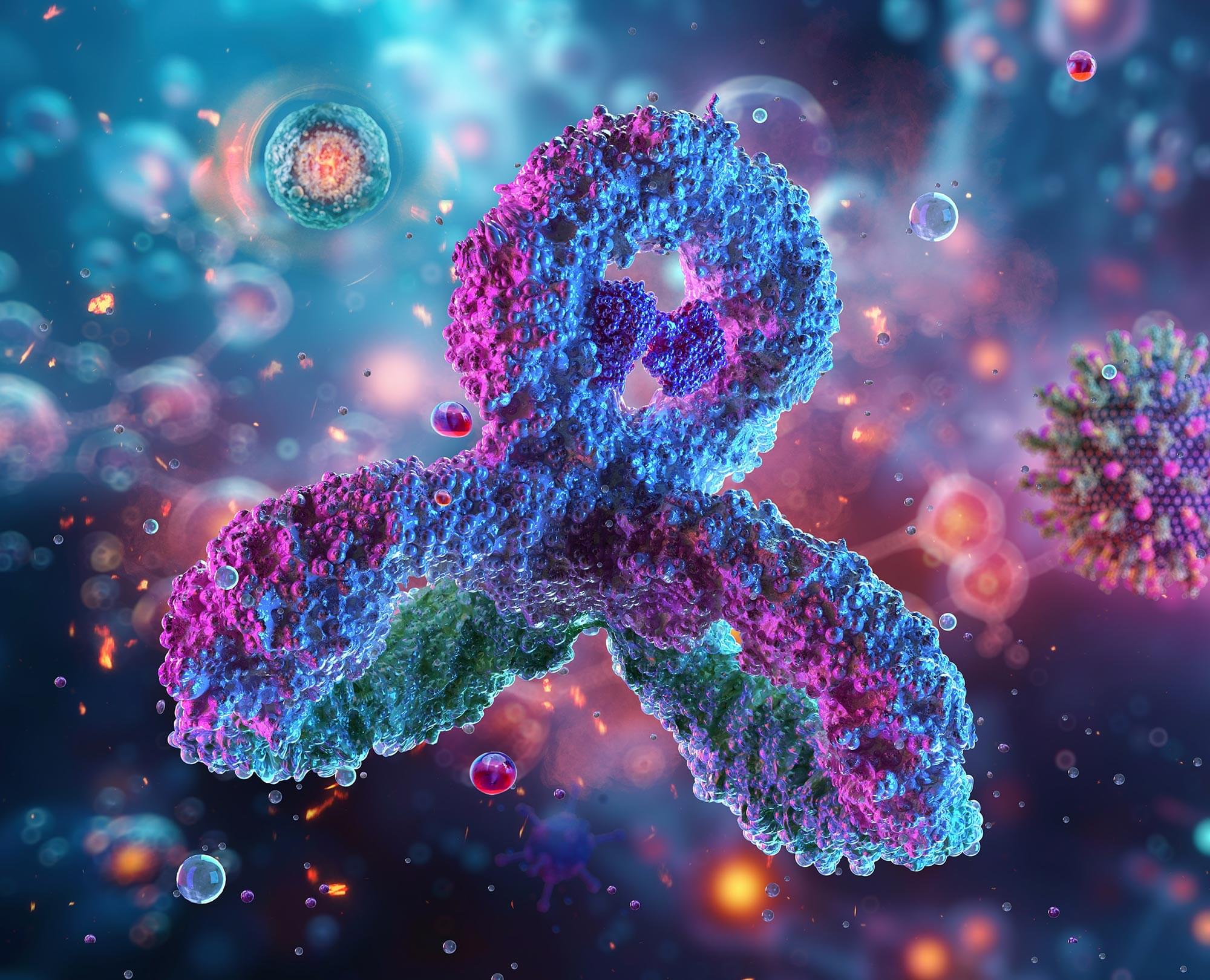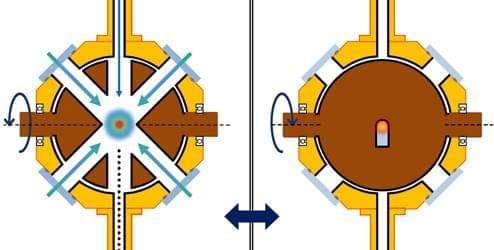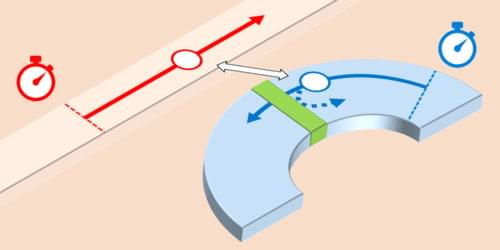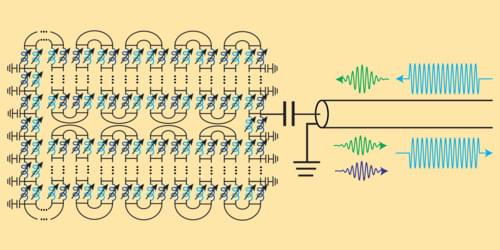A drug that makes human blood lethal to mosquitoes also acts as a potent contact insecticide absorbed through the feet, providing a promising new approach to combating insecticide resistance.



A machine learning method developed by researchers from the Institute of Science Tokyo, the Institute of Statistical Mathematics, and other institutions accurately predicts liquid crystallinity of polymers with 96% accuracy. They screened over 115,000 polyimides and selected six candidates with a high probability of exhibiting liquid crystallinity. Upon successful synthesis and experimental analyses, these liquid crystalline polyimides demonstrated thermal conductivities up to 1.26 W m⁻¹ K⁻¹, accelerating the discovery of efficient thermal materials for next-generation electronics.
Finding new polymer materials that can efficiently dissipate heat while maintaining high reliability is one of the biggest challenges in modern electronics. One promising solution is liquid crystalline polyimides, a special class of polymers whose molecules naturally align into highly ordered structures.
These ordered chains create pathways for heat flow, making liquid crystalline polyimides highly attractive for thermal management in semiconductors, flexible displays, and next-generation devices. However, designing these polymers has long relied on trial and error because researchers lacked clear design rules to predict whether a polymer would form a liquid crystalline phase.


A new experimental design eliminates the top source of clock uncertainty.
Optical lattice clocks (OLCs) are among the world’s best atomic clocks. Their largest source of uncertainty results from the ubiquitous blackbody radiation (BBR). Now Youssef Hassan of the National Institute of Standards and Technology in Colorado and his colleagues have demonstrated a cryogenic OLC with a radiation shield that virtually eliminates BBR-associated uncertainty [1]. The researchers expect this OLC design to allow major improvements in clock accuracy.
In an OLC, hundreds to tens of thousands of atoms are lined up in a 1D lattice formed by a laser beam. A second (clock) beam, whose frequency can be tuned, then excites the atoms to a specific quantum state. The clock-beam frequency that maximizes the number of atoms making the transition defines the “ticking rate” of the OLC. BBR perturbs the atoms’ quantum states and decreases the OLC’s accuracy.





